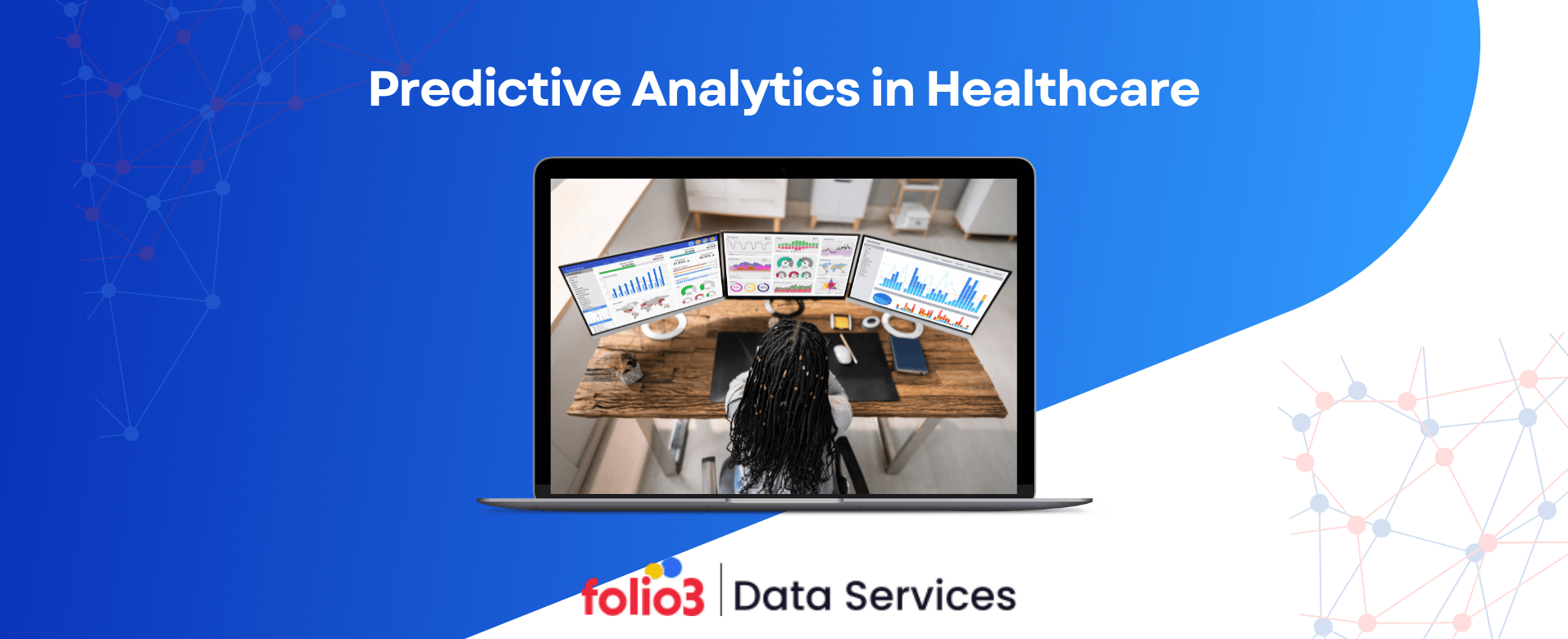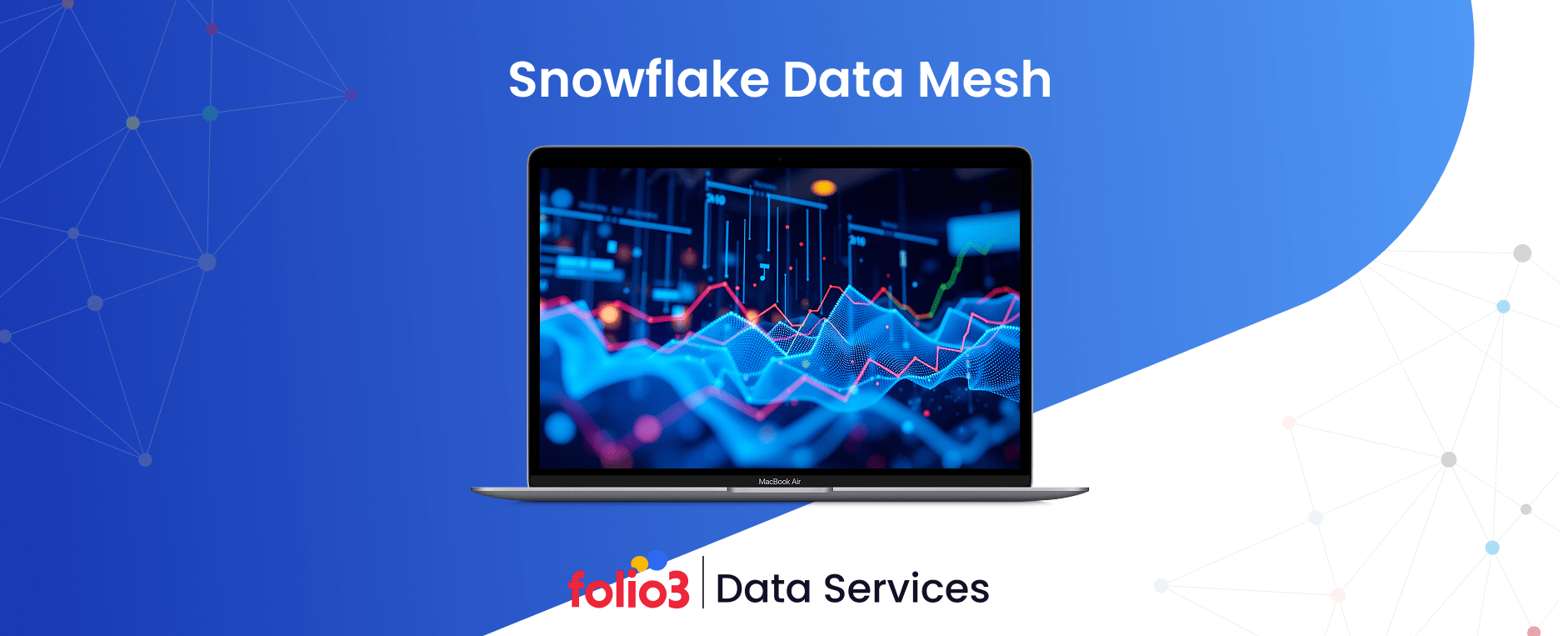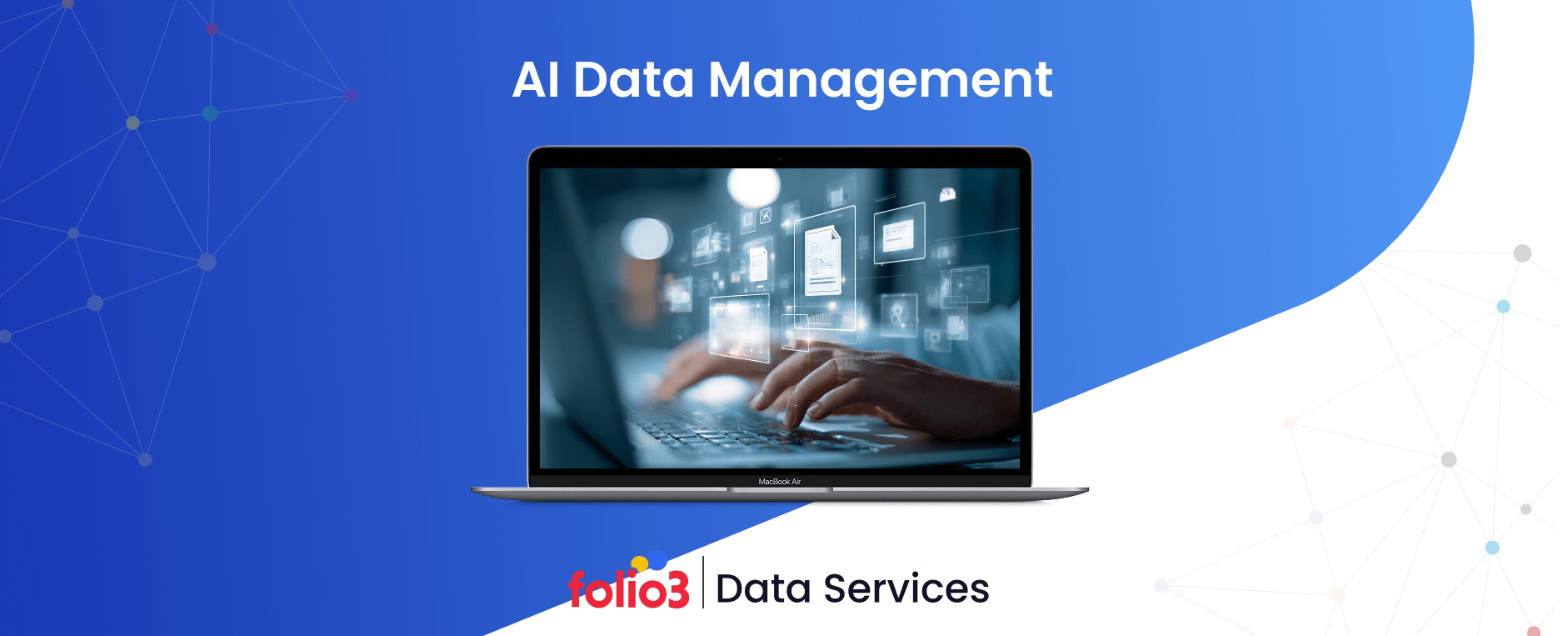Healthcare systems increasingly rely on data-driven insights, and predictive analytics has emerged as a transformative force in healthcare. With the help of advanced technologies and vast datasets, healthcare providers can anticipate patient needs, optimize operations, and enhance care quality.
According to a report by Fortune Business Insights, the global predictive analytics market in healthcare was valued at USD 2.20 billion in 2020 and is expected to grow at a compound annual growth rate (CAGR) of 35% from 2021 to 2028. This rapid growth underscores the importance of predictive analytics and healthcare advancements in improving outcomes and efficiency.
By exploring the synergy between predictive analytics and healthcare, this blog delves into its applications, benefits, and real-world examples, demonstrating its potential to revolutionize patient care and operational efficiency.
What is Predictive Analytics in Healthcare?
Predictive analytics in healthcare refers to applying advanced statistical methods, machine learning algorithms, and big data analytics to examine historical and real-time data, forecast future health outcomes, and improve decision-making.
Predictive analytics identifies patterns and trends within datasets, empowering healthcare providers to anticipate potential risks, develop proactive treatment plans, and optimize operational efficiency. This data-driven approach enhances patient care by enabling early interventions, personalizing treatments, and streamlining resource allocation, ultimately revolutionizing the healthcare industry.
The Role of Predictive Analytics in Healthcare
Predictive analytics in healthcare is revolutionizing care delivery, enhancing patient outcomes, streamlining operations, and optimizing financial management. By leveraging healthcare data analytics consulting and related services, organizations can utilize advanced algorithms, statistical models, and vast datasets to make informed decisions that improve both clinical and operational outcomes.
Let’s explore how predictive analytics transforms healthcare in these three critical areas.
Enhancing Patient Care
One of the most significant applications of predictive analytics in healthcare is its ability to enhance patient care. By analyzing patient data, such as medical history, genetic information, and lifestyle factors, predictive modeling healthcare analytics helps identify individuals at risk of developing specific conditions. This early identification enables timely interventions, reducing the likelihood of complications and improving overall health outcomes.
For instance, AI predictive analytics in healthcare can predict the likelihood of chronic diseases like diabetes or hypertension, allowing physicians to implement preventive measures.
According to a study published by Health IT Analytics, predictive analytics reduced hospital readmission rates by 10-20% in hospitals that adopted it. Such examples showcase the potential of predictive analytics in healthcare to minimize hospital stays and enhance patient satisfaction.
Wearable technology also plays a crucial role in patient care. Devices that track vital signs provide real-time data that predictive analytics in healthcare using big data can process to alert medical professionals of potential health issues. This proactive approach ensures patients receive immediate attention when necessary.
Operational Efficiency
Operational efficiency is a cornerstone of effective healthcare delivery, and predictive analytics is pivotal. By leveraging the benefits of real-time data, healthcare providers can optimize resource allocation, improve workflow management, and reduce bottlenecks by analyzing historical and real-time data.
One key area where predictive analytics and healthcare operations intersect is patient admission forecasting. Hospitals can use predictive modeling healthcare analytics to estimate patient inflow during specific periods, ensuring adequate staffing and resource availability. For example, during flu seasons, predictive analytics can help forecast surges in patient visits, allowing hospitals to prepare accordingly.
Predictive analytics in healthcare are particularly beneficial for emergency departments (EDs). Overcrowding in EDs is a widespread issue that impacts patient care and staff efficiency. By predicting peak times and patient acuity levels, healthcare administrators can streamline triage processes, allocate staff efficiently, and reduce patient wait times.
Financial Management
Healthcare organizations face immense financial pressures, from rising costs to managing reimbursements. Predictive analytics in healthcare addresses these challenges by offering actionable insights into financial operations, reducing inefficiencies, and optimizing revenue cycles.
One of the primary benefits of predictive analytics in healthcare is its ability to reduce unnecessary expenses. Hospitals can implement preventive measures that lower readmission rates and associated costs by identifying patients at risk of readmission. A report by McKinsey highlights that predictive analytics could save the U.S. healthcare system up to $300 billion annually by improving care delivery and reducing inefficiencies.
Financial sustainability also extends to patient payment management. Predictive analytics in healthcare can identify patients likely to face payment difficulties, enabling providers to offer tailored payment plans or financial counseling. This proactive approach improves patient satisfaction and enhances the organization’s economic health.
Applications of Predictive Analytics in Healthcare
Predictive analytics revolutionizes healthcare by offering proactive, data-driven solutions across various domains. By analyzing historical and real-time data, healthcare providers can anticipate health risks, optimize treatment plans, and improve patient outcomes.
Let’s explore the diverse applications of predictive analytics in healthcare, including disease prevention, risk stratification, precision medicine, and patient monitoring.
Disease Prevention and Management
Predictive analytics in healthcare plays a critical role in disease prevention and management. It uses historical and real-time data to identify potential health risks before they escalate. For instance, predictive analytics in healthcare using big data can analyze patient demographics, lifestyle choices, and genetic information to predict the likelihood of chronic illnesses like diabetes or heart disease.
This early detection enables healthcare providers to implement preventive strategies such as lifestyle interventions or early medical treatments, significantly reducing disease prevalence.
Risk Stratification
Risk stratification is another vital application of predictive modeling healthcare analytics. By categorizing patients based on risk levels, healthcare providers can focus on high-risk individuals requiring immediate attention. Predictive analytics in healthcare facilitates this process by analyzing factors such as medical history, current health conditions, and social determinants of health.
Precision Medicine
Precision medicine, a personalized approach to treatment, relies heavily on predictive analytics in healthcare. By analyzing genetic data, environmental factors, and individual health records, predictive models can determine the most effective treatment plans for patients. This approach moves away from one-size-fits-all treatments and toward tailored healthcare solutions, considering each individual’s unique needs.
Patient Monitoring and Wearables
Patient monitoring and wearable technology represent the future of predictive analytics in healthcare. Smartwatches and fitness trackers continuously collect data on vital signs, activity levels, and sleep patterns. Predictive analytics and healthcare systems use this data to monitor patients inreal-timee and alert medical professionals to any anomalies that could indicate health issues.
Benefits of Predictive Analytics in Healthcare
Predictive analytics in healthcare is not just a technological innovation; it represents a fundamental shift toward proactive, data-driven care.
By understanding what is predictive analytics in healthcare and exploring its applications, providers can revolutionize patient outcomes, streamline operations, and optimize financial performance with a well-defined data analytics strategy.
Here are the detailed benefits:
- Improved Patient Outcomes: Predictive analytics and healthcare solutions drive timely interventions by identifying at-risk patients earlier. For example, hospitals employing predictive modeling healthcare analytics have reduced mortality rates by enabling quicker treatment for sepsis and other acute conditions.
- Cost Reduction: Predictive analytics minimizes unnecessary treatments and hospital readmissions. A McKinsey report highlights that using predictive analytics in healthcare can save the industry $300 billion annually by reducing waste and optimizing resource allocation. This demonstrates the financial benefits of predictive analytics in healthcare.
- Operational Excellence: Predictive models improve resource management by forecasting patient admission rates and optimizing staff scheduling. Using AI predictive analytics in healthcare, institutions can anticipate high-demand periods and allocate resources effectively, ensuring smooth operations even during peak times.
- Financial Efficiency: Fraud detection and revenue cycle optimization are significant economic benefits of predictive analytics in healthcare. For instance, predictive analytics in healthcare using big data can identify billing anomalies, prevent fraudulent claims, and ensure accurate reimbursements.
Challenges and Limitations
While predictive analytics in healthcare holds immense potential to revolutionize patient care, streamline operations, and enhance financial performance, its adoption is not without obstacles. Healthcare providers face many challenges that stem from technical, ethical, and operational domains. Understanding these challenges is essential to addressing them effectively and unlocking the full potential of predictive analytics in healthcare.
Data Quality and Integration
One of the primary challenges of predictive analytics in healthcare is ensuring data quality and integration. Healthcare data often comes from various sources, such as electronic health records (EHRs), wearables, and lab reports, which may not always be standardized or interoperable.
Inconsistent data formats and incomplete records can compromise the accuracy of predictive models. Moreover, integrating data from disparate systems requires advanced tools and expertise, which can be resource-intensive for healthcare organizations.
Ethical Concerns
Ethical concerns surrounding the use of predictive analytics in healthcare are significant. Patient privacy is a major issue, as predictive models often require access to sensitive personal data. Ensuring compliance with regulations like HIPAA (Health Insurance Portability and Accountability Act) is critical, but even with safeguards, there is a risk of data breaches or misuse.
Technical Barriers
Implementing predictive analytics in healthcare also involves overcoming technical barriers. Developing and maintaining accurate predictive models requires substantial computational resources, expertise in machine learning, big data analytics, and guidance from data analytics consulting services to ensure successful implementation.
Smaller healthcare providers may lack the infrastructure to support such advanced technologies.
Furthermore, the rapid evolution of AI and predictive modeling healthcare analytics necessitates ongoing updates and training, which can strain organizational resources.
Predictive Analytics Examples in Healthcare
Predictive analytics significantly impacts healthcare by enabling providers to forecast patient needs, identify potential risks, and optimize treatment plans. With the help of vast amounts of patient data, predictive models are helping healthcare professionals make more informed decisions and intervene early, ultimately improving patient outcomes.
In this section, we explore key examples of how predictive analytics is being applied across different areas of healthcare, from early disease detection to enhancing operational efficiency.
Early Sepsis Detection
Sepsis, a life-threatening response to infection, requires immediate intervention for better patient outcomes. Predictive analytics in healthcare plays a critical role in detecting early signs of sepsis, even before symptoms become apparent.
By analyzing patient data such as vital signs, lab results, and medical history, predictive models can flag individuals at risk of sepsis, enabling healthcare providers to initiate early treatment and improve survival rates.
Reducing Emergency Department Crowding
Emergency department (ED) overcrowding is a major challenge in healthcare, leading to wait times and longer-strained resources. Predictive analytics helps forecast patient volumes and acuity levels, allowing EDs to manage staffing and patient flow better. Hospitals can adjust their operations by predicting peak times to optimize care delivery, reduce wait times, and prevent overcrowding, ensuring a more efficient emergency care process.
COVID-19 Spread Predictions
During the COVID-19 pandemic, predictive analytics became an essential tool for tracking and forecasting the virus’s spread. By analyzing factors like case rates, mobility data, and demographic trends, predictive models could anticipate hotspots and help healthcare systems allocate resources where they are most needed. These predictions played a key role in public health strategies and containment efforts.
Cancer Treatment Optimization
Cancer treatment varies depending on the type of cancer, genetic factors, and patient characteristics. Predictive analytics helps personalize cancer treatment by analyzing patient data to forecast how an individual might respond to specific therapies.
These predictive models enable doctors to select the most effective treatment plans, optimize outcomes, and minimize adverse effects, leading to more personalized and efficient cancer care.
Predictive Models for Heart Disease
Heart disease remains a leading cause of death globally, but predictive analytics is transforming its prevention and management as part of analytics digital transformation. By examining patient data such as medical history, genetic factors, and lifestyle choices, predictive models can estimate an individual’s risk of heart disease.
These insights allow healthcare providers to recommend preventive measures, monitor high-risk patients more closely, and provide early interventions to reduce the likelihood of heart attacks or strokes.
Wearables in Chronic Disease Management
Wearable devices such as smartwatches and fitness trackers continuously monitor vital signs, activity levels, and other health metrics. These devices generate a wealth of real-time data that predictive analytics can analyze to identify potential health issues in chronic disease management.
For example, in managing conditions like diabetes or hypertension, wearables can alert patients and healthcare providers to abnormal readings, prompting timely interventions and helping to prevent serious complications.
Conclusion
Predictive analytics is reshaping the healthcare landscape by improving patient outcomes, enhancing operational efficiency, and reducing costs. As predictive models become more sophisticated, healthcare providers are better equipped to make data-driven decisions, anticipate risks, and deliver personalized care.
However, challenges related to data quality and integration remain. Healthcare organizations must adopt advanced tools and solutions, taking inspiration from the top 10 data-driven companies, to fully realize the potential of predictive analytics.
Folio3’s data services can help healthcare providers overcome these challenges. Our expertise in big data, machine learning, and cloud infrastructure can help organizations harness the power of predictive analytics to make better decisions and enhance care delivery.



